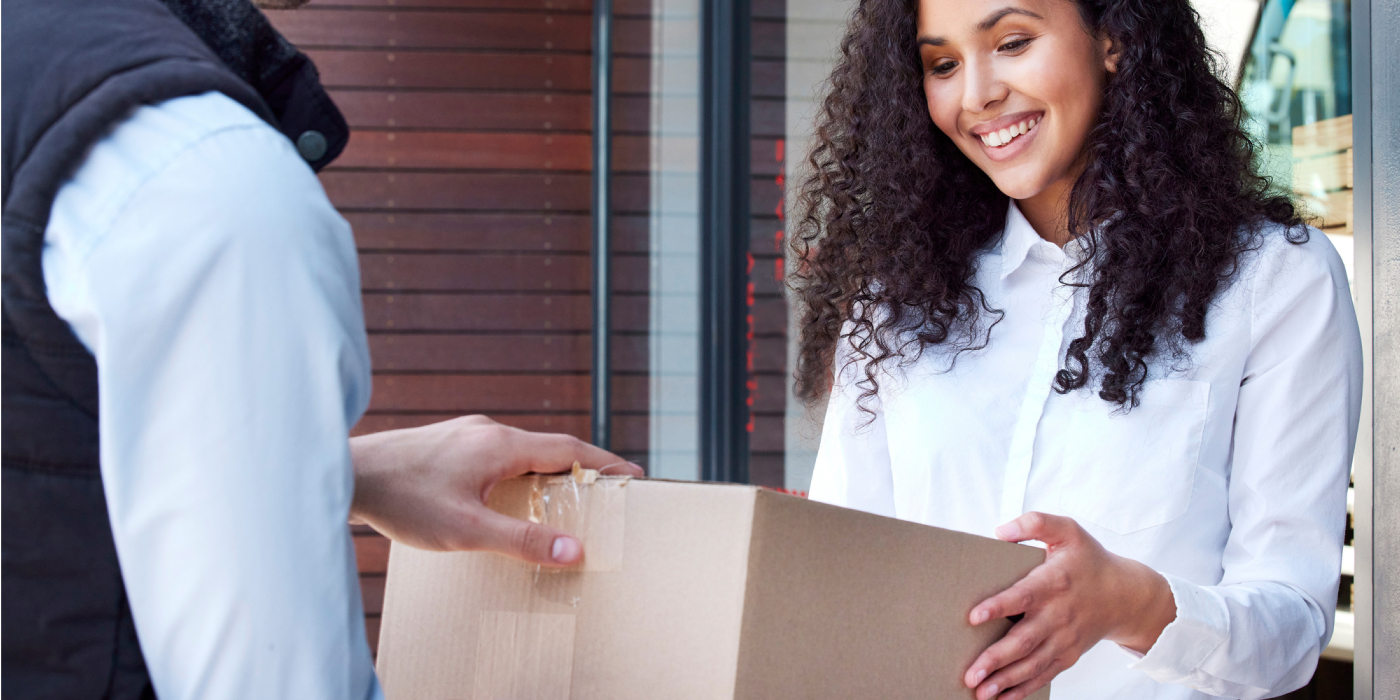What’s Next for Direct-to-Consumer Brands in CPG
The rise of direct-to-consumer (DTC) commerce has transformed the way consumer packaged goods (CPG) brands connect with shoppers. Once reliant almost entirely on retail shelves, many brands now sell directly to households through their own websites, apps, and subscription services, giving brands unprecedented control over the customer relationship. As competition grows, the direct-to-consumer landscape is still evolving, and the next phase of growth in CPG will go beyond simply building branded online stores.
Here’s a look at the trends shaping the future of direct-to-consumer brands in the CPG industry.
Expansion of Subscription and Membership Models
DTC brands thrive on predictable, recurring revenue. In the years ahead, companies will offer more subscription offerings for everyday essentials such as pantry staples and household cleaning supplies as consumers increasingly seek convenience and predictability. What will set future subscriptions apart is the layering of membership perks like exclusive bundles, early access to product launches, loyalty rewards and community-driven benefits like virtual events. The focus will shift from replenishment alone to deepening customer engagement and loyalty.
Direct-to-consumer dog brand Bark is partnering with Ordergroove and Shopify to enhance its subscription program, optimize customer retention, and unlock new growth opportunities. The company has migrated its large subscriber base to the Ordergroove enterprise subscription platform. Bark’s subscription customer experience and recurring revenue are now unified on a single platform. Bark now supports every aspect of its recurring revenue model, such as flexible delivery models, curated memberships, personalized promotions, and bundles. The brand hopes to reduce cost and complexity while enabling new, innovative subscriber experiences.

Hyper-Personalized Experiences
As consumers grow accustomed to highly tailored digital experiences from streaming platforms, eCommerce websites, and social media, they increasingly expect the same level of relevance and customization from the products they buy every day. Advances in AI and data analytics are helping CPG brands move from one-size-fits-all generic recommendations to tailored experiences. Leveraging data, technology, and consumer insights can help companies deliver uniquely curated experiences, products, and offers that make shoppers feel understood and valued.
Traditional retail shelves limit how products can be packaged and sold. DTC channels break that constraint by allowing consumers to curate their own assortments. For example, a snack company could let customers choose a box of 10 flavors they love instead of being forced into a standard variety pack. Deliveries can be personalized with tailored packaging inserts including recipe cards for food buyers, personalized thank-you notes, or recommendations based on prior purchases. Companies can also optimize delivery experiences based on consumer preferences, such as bundled shipments to reduce waste or expedited delivery for repeat customers.
Next-Gen Tech Integration
As consumer packaged goods brands deepen their direct-to-consumer strategies, the integration of cutting-edge technologies is becoming a competitive necessity. Augmented reality allows brands to turn everyday packaging into immersive experiences. For example, Jones Soda uses AR-triggered visuals, viewed through a smartphone camera, to engage and educate shoppers.
The AR-in-packaging market is growing, valued at around $9 billion in 2023 and expected to skyrocket to over $139 billion by 2032. For DTC brands, AR/VR can transform ordinary interactions like scanning a snack pack, into interactive storytelling, sampling experiences, or immersive showrooms. Advanced technologies are also transforming supply chains and logistics operations. AI-driven demand forecasting, robotics in micro-fulfillment centers, and route optimization platforms can help DTC brands increase operational efficiency, optimize inventory management, and shorten delivery times.
For CPG leaders, implementing direct-to-consumer models will not only help them thrive in the short term but help define the next era of consumer engagement. Brands that once depended entirely on retailers now have an opportunity to differentiate themselves and deepen customer relationships.
For more information about how our delivery management solution can help you manage your delivery operations more efficiently, please contact info@bringoz.com.
